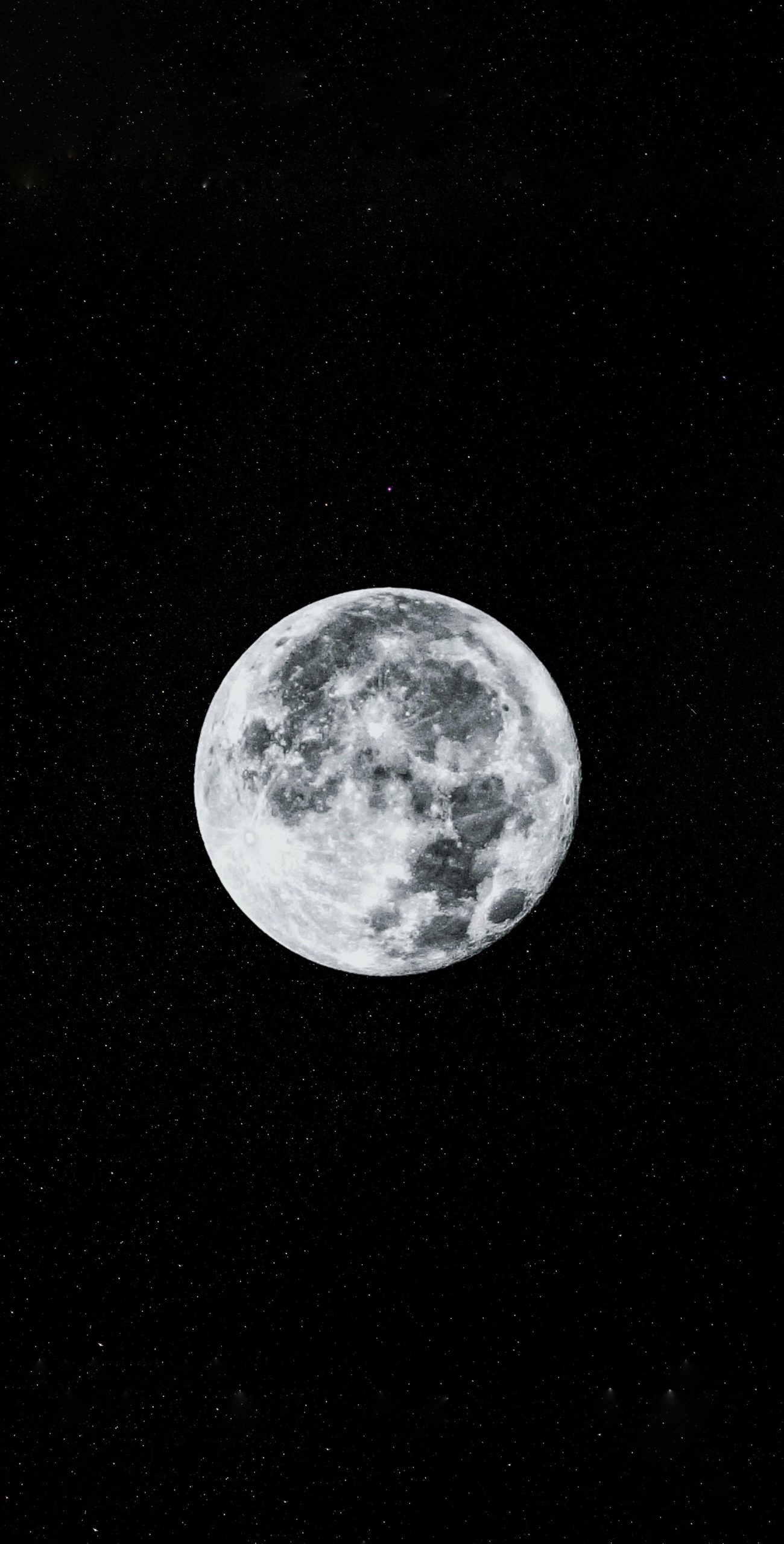How the Moon Got Its Name
The moon has intrigued humans for centuries, captivating us with its mesmerizing beauty and mystique. As Earth’s only natural satellite, the moon holds a special place in our hearts and has been the subject of countless myths, legends, and scientific studies. But have you ever wondered how the moon got its name? In this blog post, we will delve into the fascinating history behind the naming of our celestial neighbor.
Table of Contents
- Ancient Cultures
- Greek and Roman Mythology
- Lunar Obsession
- Theories and Interpretations
- Final Thoughts
Ancient Cultures
The moon’s name has its origins in ancient civilizations that observed and recorded its movements. In many cultures, the moon was associated with deities and cosmic forces. Egyptians called it “Iah,” which means “moon,” while the ancient Chinese named it “Yue.” These early civilizations often used the moon’s phases to develop calendars and track seasonal changes.
| Ancient Culture | Name for Moon |
|---|---|
| Egyptians | Iah |
| Ancient Chinese | Yue |
| Mesopotamians | Sin |
The Mesopotamians, on the other hand, called the moon “Sin,” linked to their lunar god. The word “Sin” is still used in modern times as the personification of the moon in poetry and literature.
Greek and Roman Mythology
Greek and Roman mythology have greatly influenced the names we use for celestial bodies, and the moon is no exception. In Greek mythology, the moon was associated with Artemis, the goddess of the hunt and the moon. The Greeks referred to the moon as “Selene” or “Mene.” The Romans, who adopted many aspects of Greek mythology, called the moon “Luna,” which is where the term “lunar” comes from.
According to Greek mythology, Selene fell in love with a mortal named Endymion and asked Zeus to put him into an eternal sleep so she could visit him every night. This story explains the moon’s phases, as Selene’s visits to Endymion waxed and waned.
The moon’s connection to deities is a recurring theme across various cultures, demonstrating the universal fascination and awe it has inspired.
Lunar Obsession
The moon has captivated humans for centuries, leading to significant scientific advancements and lunar exploration. As our understanding of the moon grew, astronomers began to name its features, such as craters, mountains, and maria (the dark, flat plains).
- The largest crater on the moon, Tycho, was named after Danish astronomer Tycho Brahe, who made precise observations of the moon in the 16th century.
- Similarly, Copernicus crater was named after Nicolaus Copernicus, the astronomer who proposed the heliocentric model of the solar system.
- The Sea of Tranquility was named by Galileo Galilei, inspired by the moon’s serene appearance.
These names highlight the significant contributions of scientists and the impact they had on our understanding of the moon.
Theories and Interpretations
Beyond ancient civilizations and mythological associations, there have been numerous theories and interpretations about the origin of the moon’s name.
Some speculate that the English word “moon” evolved from the Old English “mona,” which ultimately comes from the Proto-Germanic word “mēnôn,” meaning “moon.”
Others suggest that the moon’s name is linked to the Latin word “mensis,” meaning “month,” reflecting the close connection between lunar cycles and the length of a month. This theory aligns with the moon’s role in the development of early calendars.
It is worth noting that the moon is known by different names in various languages and cultures. For example, in Spanish, it is called “luna,” while in French, it is “lune.” These language-specific names often have historical and linguistic roots that connect them to ancient cultures or mythologies.
Final Thoughts
The moon’s name has a rich and complex history, intertwining ancient cultures, mythologies, scientific advancements, and linguistic influences. From the Egyptians’ Iah to the Greeks’ Selene and the Romans’ Luna, the moon’s name has evolved and adapted over time, reflecting the collective human fascination with this celestial body.
Next time you gaze up at the moon, remember its remarkable journey through history and the countless stories it has inspired. Whether you view it through a scientific lens or appreciate its cultural significance, the moon will continue to captivate and mystify us for generations to come.
Table of Contents
